
How the Ungheni–Chișinău gas pipeline will help Moldova to gain the energy independence
The Republic of Moldova has changed its position in the negotiations with Gazprom on a new gas supply contract. Thanks to the commissioning of the Ungheni–Chișinău gas pipeline, Moldova’s arguments in discussing the purchase price for gas may have gained strength. The 120-kilometer pipeline will allow Moldova, which is almost 90% dependent on energy imports, to connect to the EU’s gas transportation systems, gain energy independence, ensure the security of gas supplies, increase competition on wholesale markets, and create preconditions for lowering gas tariffs for end users.
Moldova’s energy independence
Moldova’s energy policy focuses on improving integration in regional markets, enhancing energy security, complying more strictly with EU directives, increasing power generation capacity, and promoting energy efficiency and renewable energy sources. The significant changes in the country’s energy sector are part of the integration in the European energy market, as Moldova is required to harmonise its energy policy and legislation with the Energy Community Treaty. One of the main projects related to energy security is the Iași–Ungheni–Chișinău gas interconnection pipeline with Romania.
The Ungheni–Chișinău gas pipeline was commissioned in early August 2020, after a year and a half of construction. Its main task is to connect the Moldovan gas transportation system to Romania and Europe.
The technical operator of the Romanian gas transmission system, Transgaz, is responsible for the construction and functioning of the gas pipeline. From 2018 to 2020, Transgaz owned the Moldovan enterprise Vestmoldtransgaz through the Eurotransgaz company, which manages the entire Iași–Chișinău gas pipeline.
Who was there to help?
In early October 2020, Transgaz finally sold its 25% stake in Vestmoldtransgaz to the European Bank for Reconstruction and Development (EBRD). The decision was approved at the general shareholders’ meeting on 5 October.
The EBRD press service said: “We believe that this is a profitable, reasonable investment, which is also strategic for Moldova. The gas pipeline will increase Moldova’s energy security by diversifying the sources of gas supplies, which is one of the conditions for the successful development of Moldova. The project helps integrate Moldova into future major gas infrastructure projects, such as the Trans Adriatic Gas Pipeline, opens access to gas sources from central European hubs, and also links to the Black Sea gas fields. Closer integration will bring additional economic benefits to consumers.”
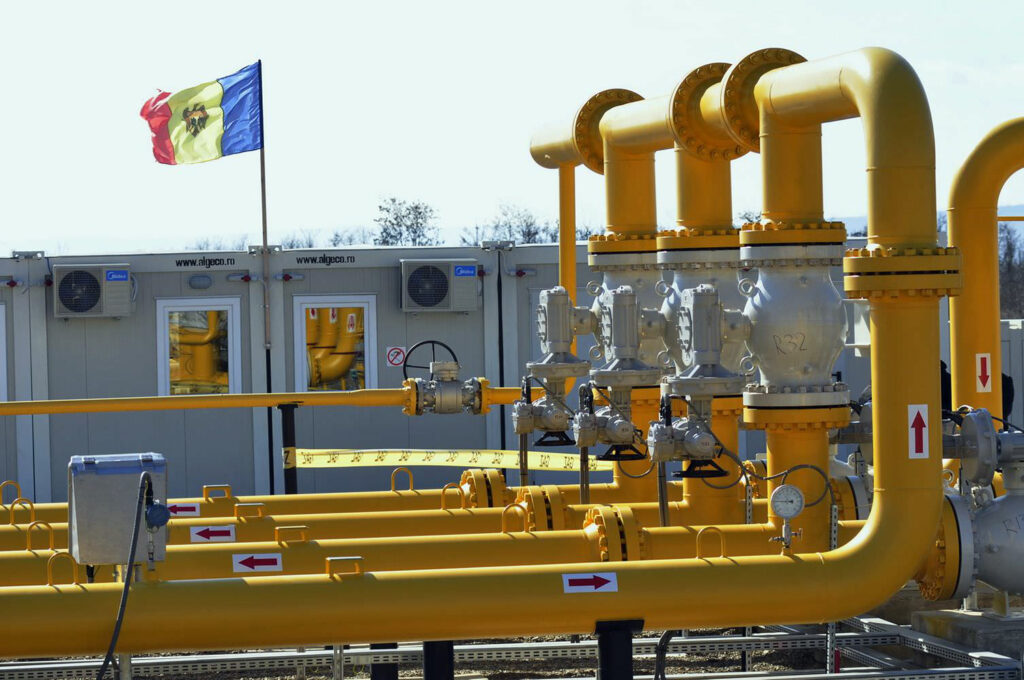 The Ungheni–Chișinău gas pipeline. Photo: Ministry of Economy and Infrastructure of Moldova
The Ungheni–Chișinău gas pipeline. Photo: Ministry of Economy and Infrastructure of Moldova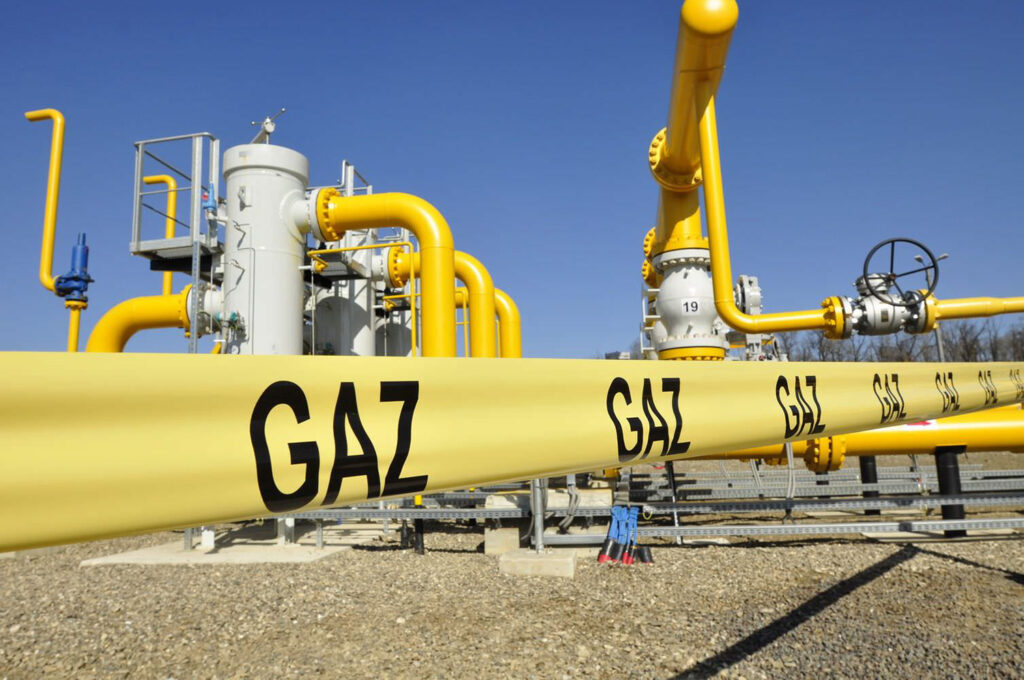 The Ungheni–Chișinău gas pipeline. Photo: Ministry of Economy and Infrastructure of Moldova
The Ungheni–Chișinău gas pipeline. Photo: Ministry of Economy and Infrastructure of Moldova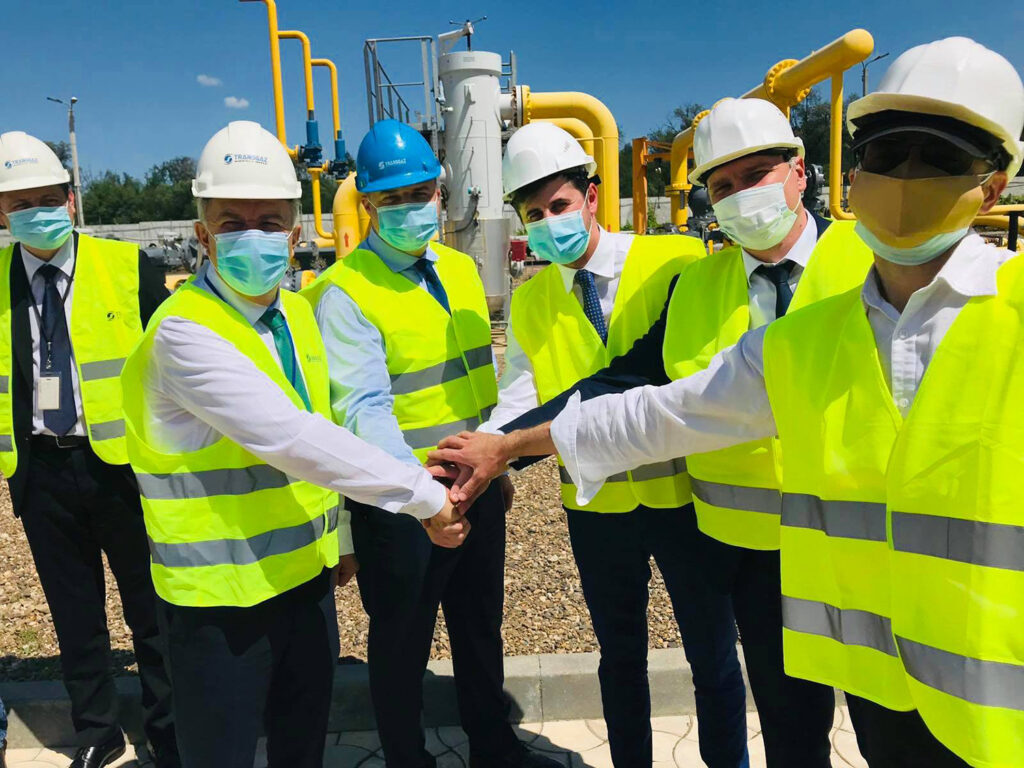 The Ungheni–Chișinău gas pipeline. Photo: Ministry of Economy and Infrastructure of Moldova
The Ungheni–Chișinău gas pipeline. Photo: Ministry of Economy and Infrastructure of Moldova
The EU actively supports Moldova in its efforts to improve the security of energy supplies, both gas and electricity. For example, the EU supports the country in developing new interconnections of gas and electric networks to diversify its supply sources.
In addition to the total cost of the €26 million project, the EU allocated a grant of €7 million for the construction of the first phase of the project, the Iași–Ungheni gas pipeline. The feasibility study for the next phase of the project, the construction of a branch from Ungheni to Chișinău, was also financed by the EU.
The Union also allocated grant funds in the amount of €46.3 million for the construction of the Onești–Gherăești–Lețcani gas pipeline in Romania within the operational programme ‘Big infrastructure’. The total investment for interconnection on the Romanian side is over €174 million.
According to the EU Delegation to Moldova: “The efficiency of using the new route will depend on the dynamics of gas prices on the regional markets. But in terms of supplies sustainability, a reliable direct connection to the EU gas network is invaluable. This project is only part of the EU’s support to strengthen the security of gas supplies.”
The director of the Energy Community Secretariat, Janez Kopač, says that the isolation of the Moldovan gas market and the complete dependence on a single gas supplier and single gas import route have been a weak point in the country’s security of natural gas supplies for a long time. “The Iași–Ungheni–Chișinău project will correct this and provide Moldova with alternative routes and alternative suppliers,” Kopač says.
 The Ungheni–Chișinău gas pipeline. Photo: Ministry of Economy and Infrastructure of Moldova
The Ungheni–Chișinău gas pipeline. Photo: Ministry of Economy and Infrastructure of Moldova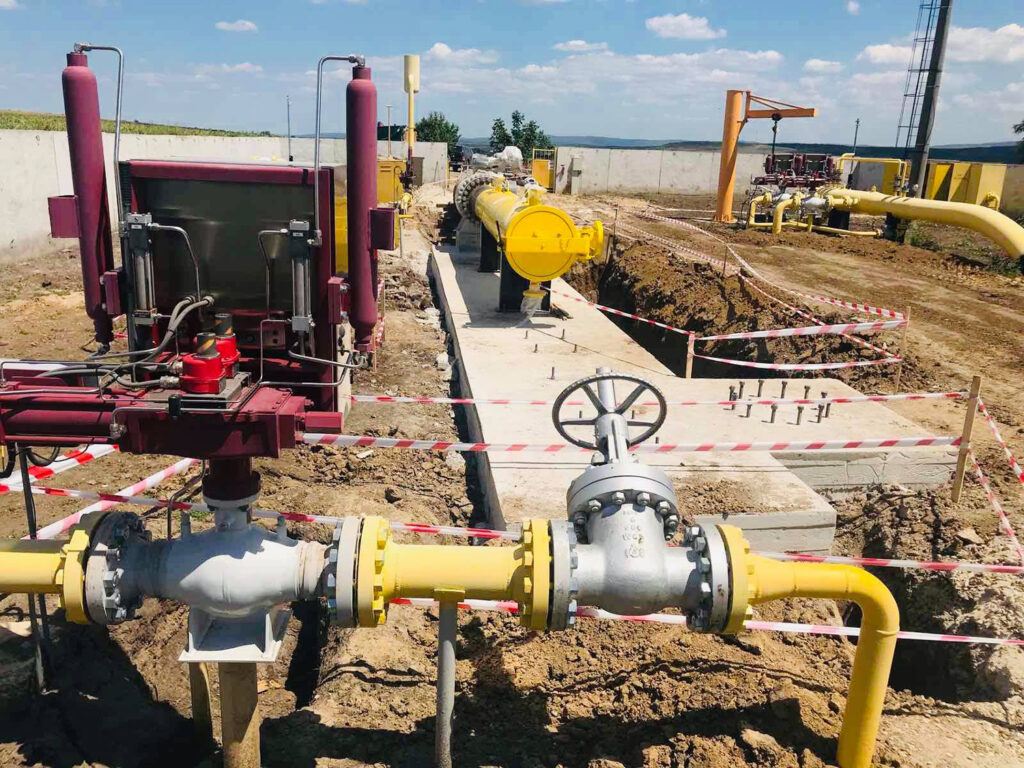 The Ungheni–Chișinău gas pipeline. Photo: Ministry of Economy and Infrastructure of Moldova
The Ungheni–Chișinău gas pipeline. Photo: Ministry of Economy and Infrastructure of Moldova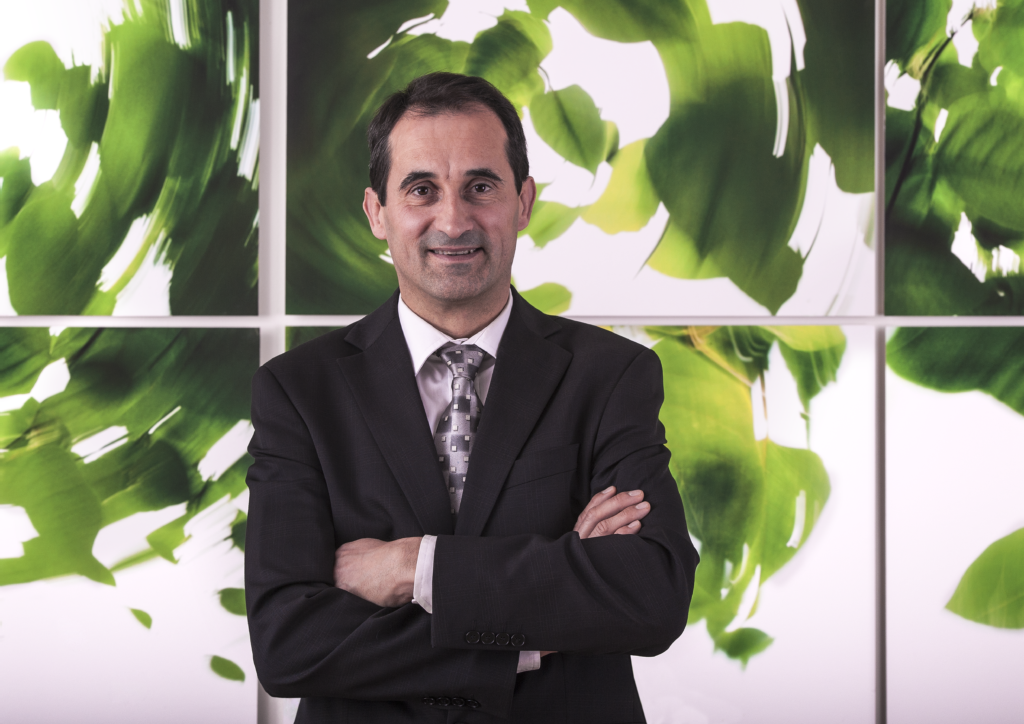 Janez Kopač, the director of the Energy Community Secretariat
Janez Kopač, the director of the Energy Community Secretariat
According to the Energy Community head, the completion of this additional connection with Romania, which accounts for about half of Moldova’s annual consumption, should guarantee the availability of sufficient capacity for new market participants. At the same time, Kopač also notes the uncertainty of previously expected significant new gas fields, such as the Romanian Black Sea shelf.
“However, the structure of gas flows in the eastern Balkans and in the Trans-Balkan pipeline has changed. There is enough capacity for physical (not only virtual) flow from south to north, which Moldova (and Ukraine) will be able to use, as soon as the necessary regulatory framework in the gas industry is fully operational,” says Kopač.
Supplying Moldova with gas
To ensure sufficient gas volumes for Moldova through the new pipeline during the cold season, it is necessary to increase the volume of supplies in the Iași region. To this end, Transgaz began building a new Onești–Gherăești–Lețcani gas pipeline in Romania with appropriate compressor stations. Upon completion in 2021, the necessary pressure and throughput of natural gas in the amount of 1.5 billion cubic metres per year will be provided at the junction point between Moldova’s and Romania’s gas transportation systems.
In general, according to the investment plan, Transgaz must invest €93 million in Vestmoldtransgaz, of which €38 million are a European Investment Bank loan.
According to the head of the Energy Policy Department at the Ministry of Economy and Infrastructure, Călin Negură, in addition to external financing, from 2016 to 2020, almost MDL 16 million was allocated to this project from the state budget of Moldova. This covers the cost of monitoring and managing the project.
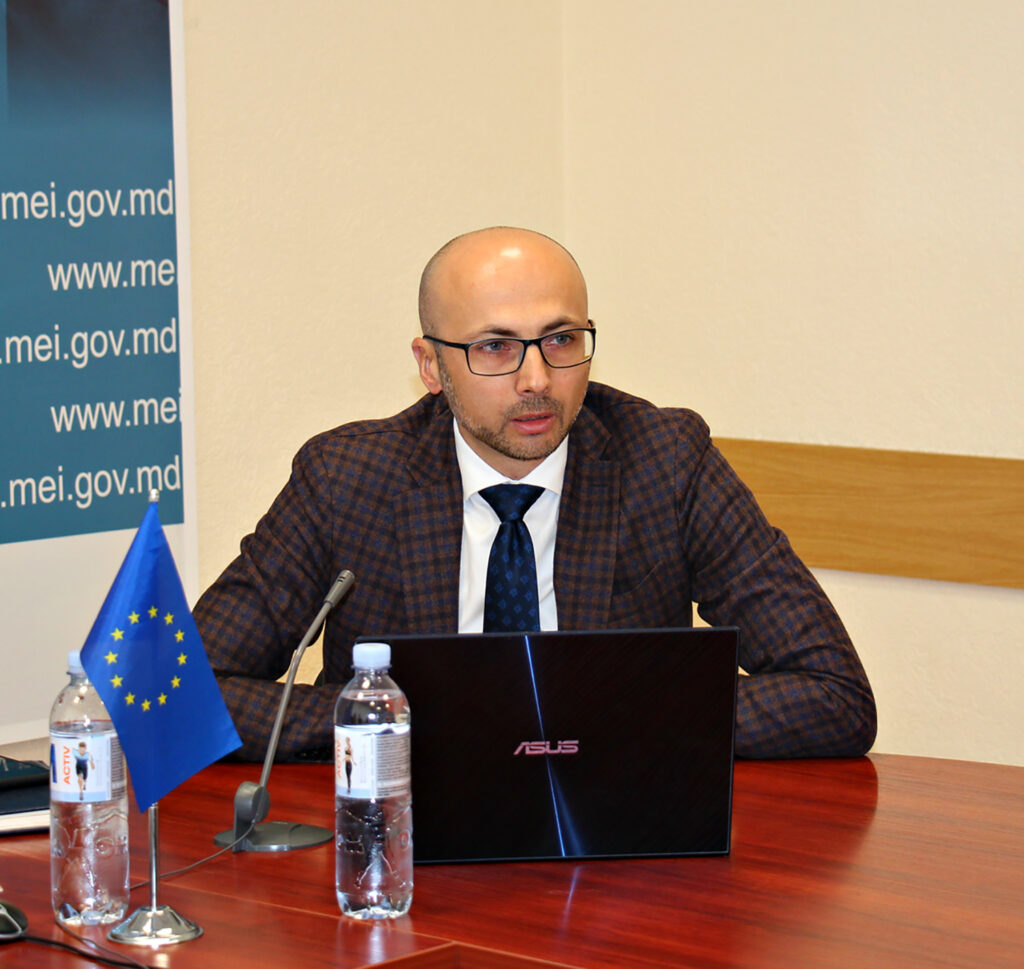 Photo: The Ministry of the Economy and Infrastructure of the Republic of Moldova – Călin Negură, the head of the Energy Policy Department
Photo: The Ministry of the Economy and Infrastructure of the Republic of Moldova – Călin Negură, the head of the Energy Policy Department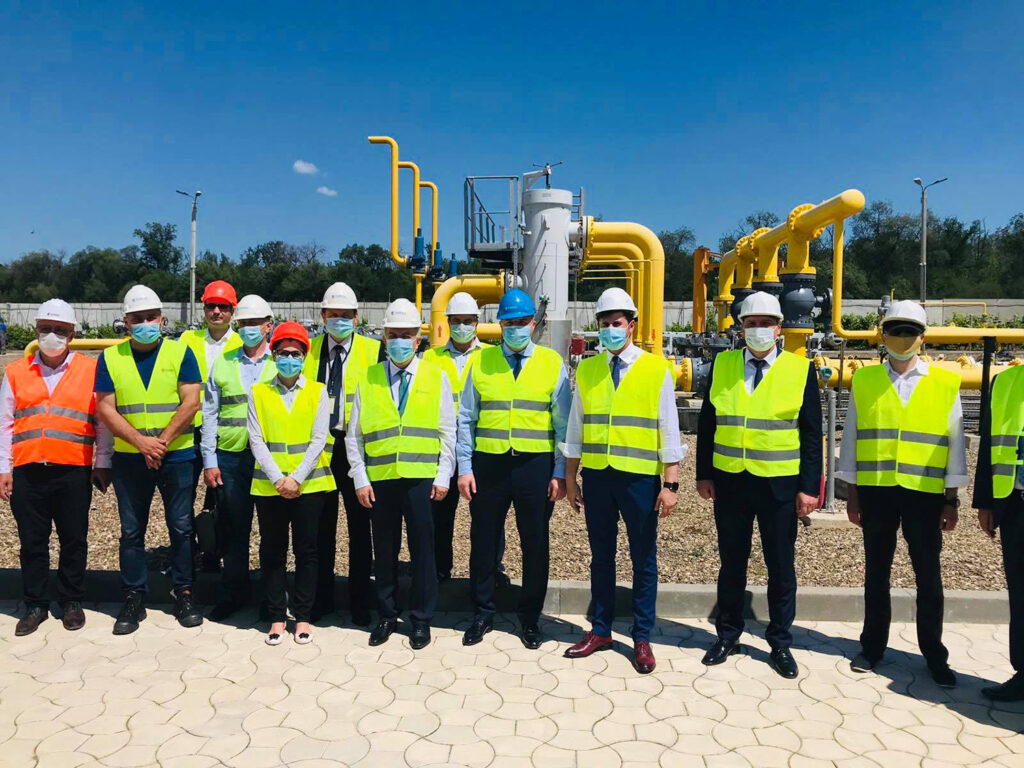 The Ungheni–Chișinău gas pipeline. Photo: Ministry of Economy and Infrastructure of Moldova
The Ungheni–Chișinău gas pipeline. Photo: Ministry of Economy and Infrastructure of Moldova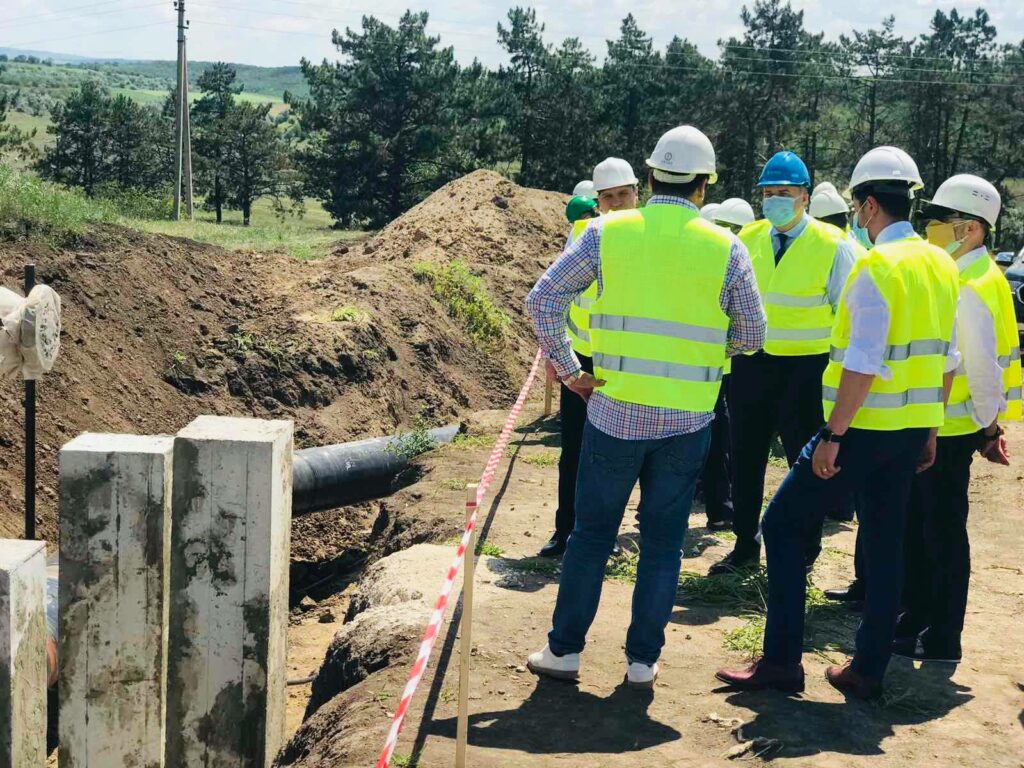 The Ungheni–Chișinău gas pipeline. Photo: Ministry of Economy and Infrastructure of Moldova
The Ungheni–Chișinău gas pipeline. Photo: Ministry of Economy and Infrastructure of Moldova
Officials at the Ministry of Economy and Infrastructure are confident that the national gas transportation system of Moldova, which was previously connected only with the Ukrainian gas transportation system, will become more reliable and stable.
“Of course, the construction of the Iași–Ungheni–Chișinău gas pipeline is justified from several points of view, including the fact that the European Union, directly, as well as through its financial institutions (EBRD and EIB), supported and provided financing for the implementation of this strategically important project,” notes Negură.
The former head of the National Agency for Energy Regulation,Victor Parlicov, believes that the new gas pipeline will strengthen Moldova’s negotiating position, although it does not yet represent a real alternative to gas supplies at a competitive price. The expert stresses that the gas pipeline is needed for balance, and not as an alternative to supplies from Russia.
Janez Kopač adds that from the point of view of the market, the possibility of competition can lead to a decrease in prices at wholesale level, as it happened in similar situations in other countries. In this sense, Kopač believes, the new pipeline could force market participants – both at the supply and wholesale levels – to switch to competitive prices and services.
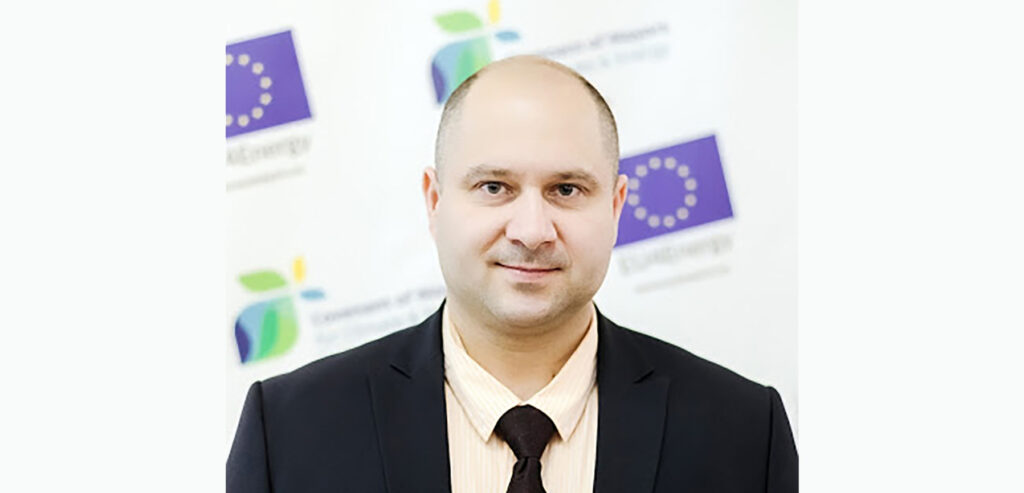 Victor Parlicov, the former head of the National Agency for Energy Regulation
Victor Parlicov, the former head of the National Agency for Energy Regulation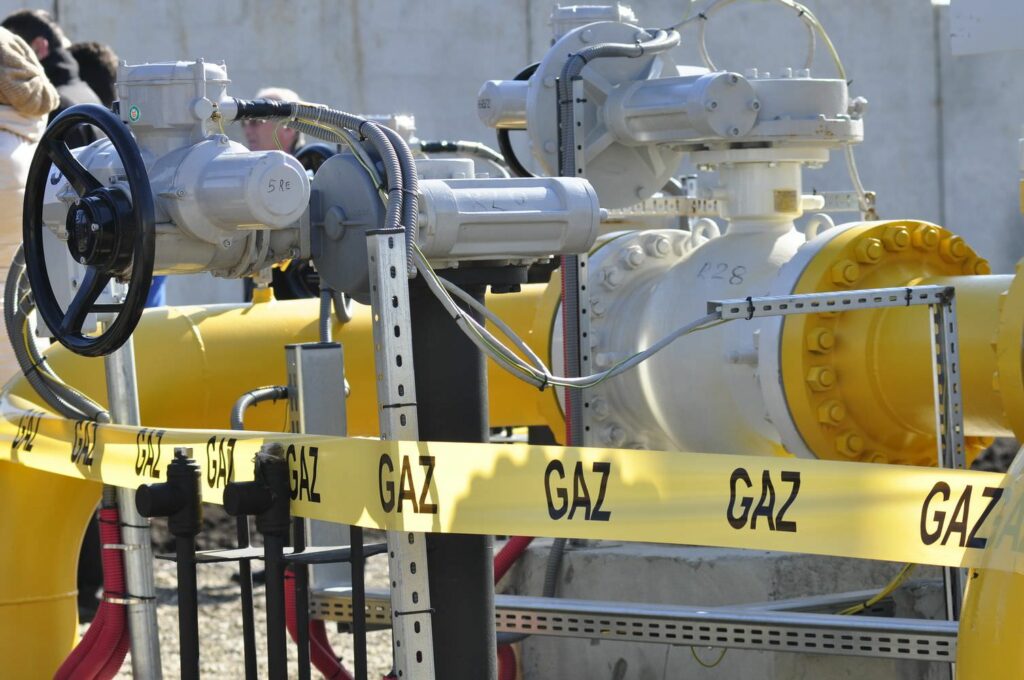 The Ungheni–Chișinău gas pipeline. Photo: Ministry of Economy and Infrastructure of Moldova
The Ungheni–Chișinău gas pipeline. Photo: Ministry of Economy and Infrastructure of Moldova
He believes that the advantages of this pipeline would be higher if it had been built earlier and if the Romanian party had made some efforts to make its own network and market more open to trade and export.
At the same time, Kopač stresses that despite the complexities of this project, the increased reliability of supplies and the opportunity for new market participants to gain access to the Moldovan gas market can lead to more competitive prices and a higher level of services for citizens.
“Moreover, Moldova has made significant progress in adopting technical regulations for the gas market (the so-called ‘grid codes’), as well as common market rules, which were developed with the support of the ‘EU4Energy’ project, funded by the EU. They are necessary for integration with the gas markets of Ukraine and Romania. The process of unbundling gas transportation services from gas supplies began with ambitious plans in 2019, but it stopped in the second half of 2020. Currently, the Moldovan authorities plan to complete the unbundling in the spring of 2021. In particular, Moldova still needs to speed up the market opening process. After all, this country used to be a trunk for gas flows from Ukraine to south-eastern Europe and has the potential to continue to play an important role in the development of the regional gas market,” concludes Kopač.
Author: Natalia Melnic
MOST READ
SEE ALSO
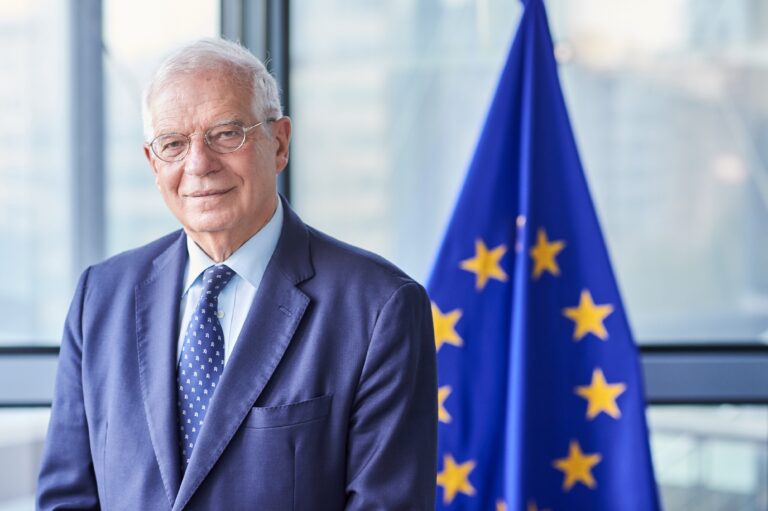
No, time is not on Russia‘s side

How to open an art business in Moldova: the experience of Alexandra Mihalaș

Be one step ahead of a hacker: check simple cybersecurity tips!

How to act and move on: strategies for women facing discrimination and online harassment

‘Learning is not a process but a journey’: the example of a school in Orhei
More campaign pages:
Interested in the latest news and opportunities?
This website is managed by the EU-funded Regional Communication Programme for the Eastern Neighbourhood ('EU NEIGHBOURS east’), which complements and supports the communication of the Delegations of the European Union in the Eastern partner countries, and works under the guidance of the European Commission’s Directorate-General for Neighbourhood Policy and Enlargement Negotiations, and the European External Action Service. EU NEIGHBOURS east is implemented by a GOPA PACE-led consortium. It is part of the larger Neighbourhood Communication Programme (2020-2024) for the EU's Eastern and Southern Neighbourhood, which also includes 'EU NEIGHBOURS south’ project that runs the EU Neighbours portal.

The information on this site is subject to a Disclaimer and Protection of personal data. © European Union,







